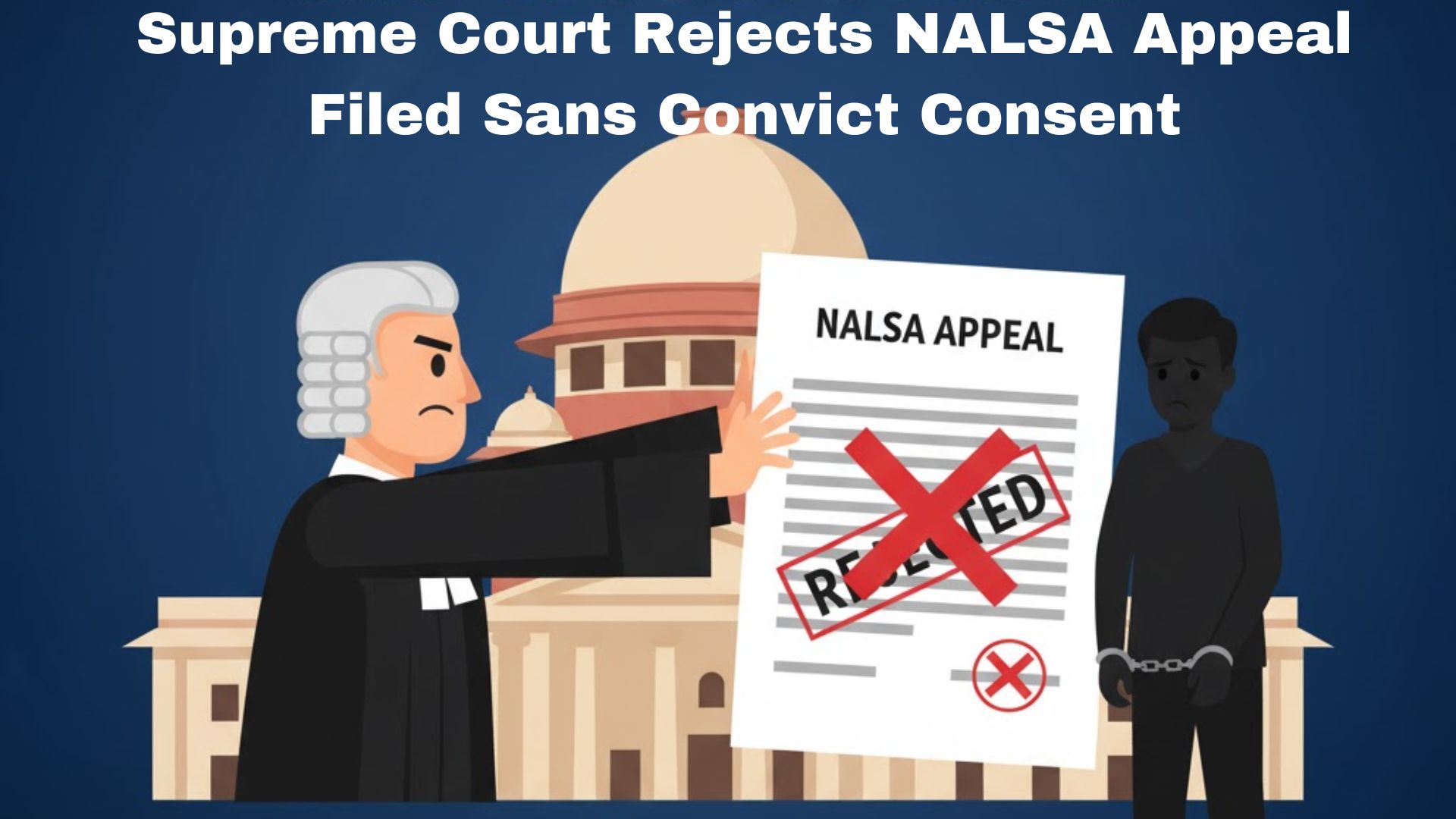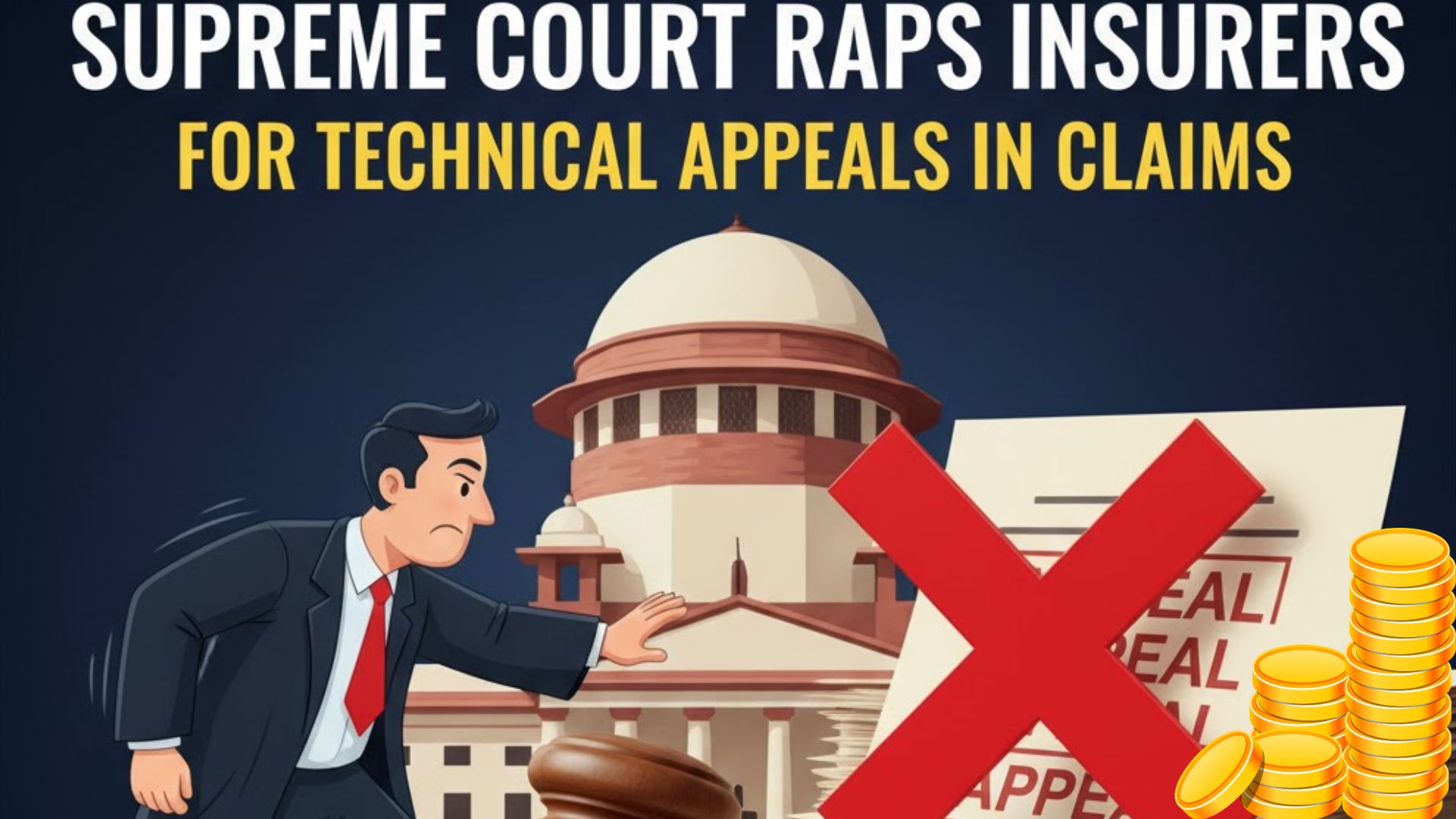ABHAY S. OKA, J
1. The Sessions Court convicted the appellant-accused for the offences punishable under Sections 302 and 201 read with Section 34 of the Indian
Penal Code, 1860 (for short, ‘IPC’). He was sentenced to undergo life imprisonment for the offence punishable under Section 302 read with
Section 34 of IPC. He was sentenced to undergo rigorous imprisonment for three years for the offence punishable under Section 201 read with
Section 34 of IPC. His conviction and sentence have been confirmed by the High Court by the impugned judgment.
2. One Chander Bhushan (PW-10) is the complainant. He is the brother of the deceased Vidya Sagar alias Bhushan. He complained that at about
02:00 p.m. on 17th February 2004, the deceased had gone to the factory by his motorcycle but did not return. Therefore, on 22nd February 2004, the
complainant filed a missing complaint.
3. The prosecution’s case is that on 17th February 2004, the deceased and the appellant consumed liquor. Thereafter, the appellant accompanied
the deceased on his motorcycle. The appellant was driving the motorcycle, and the deceased was a pillion rider. The motorcycle met with a minor
accident in which Pyare Lal (PW-6) suffered a minor injury. When PW-6 cried for help, Hari Chand Sharma and others came there, and at their
intervention, the matter was settled with the appellant. Accordingly, the appellant paid a sum of Rs. 50/- to PW-6 for buying the medicines. Thus, PW-
6 is the witness to prove the theory of last seen together.
4. According to the prosecution case, three companions of the appellant and the deceased had consumed liquor. Thereafter, there was an altercation
between them and the appellant and two others assaulted the deceased on the head, resulting in his death. Three of them dug earth by the side of a
hand pump and buried the dead body of the deceased. According to the case of the prosecution, a memorandum of disclosure was made by the
appellant, as a result of which the dead body could be exhumed.
5. Thus, the prosecution’s case is based on circumstantial evidence. The two most important circumstances forming part of the chain are (a) last
seen together and (b) recovery of the deceased's body at the instance of the appellant.
6. We have perused the evidence of PW-6 and PW-9 (Radhey Shyam), who are admittedly the only relevant witnesses. In the examination-chief,
PW-6 stated that:-
“On 17.2.2004, at about 4 p.m. accused Mohd. Rizwan present in the court came to my shop on a black coloured motor cycle along with Vidya
Sagar who was a pillion rider. The accused and Vidya Sagar both were coming from a liquor vend and had consumed liquor. Accused had struck his
motor cycle into my feet. I cried for help on hearing which Hari Chand Sharma and few others came to my shop and got the matter settled. Accused
Mohd. Rizwan paid me Rs. 50/- for medicines. Thereafter, Mohd. Rizwan took away his motor cycle along with Vidya Sagar.â€
7. After scrutiny of the evidence of PW-6, we find that: -
a) He admitted that he did not know the appellant before the date of occurrence;
b) Before 09th April 2004, he could recognise the appellant only by appearance;
c) In his statement recorded by the police, he had given only the physical features of the appellant; and
d) He admitted in the cross-examination that not only the test identification parade was not held, but he was called to the office of the Superintendent
of Police on 09th April 2004, and he was shown the appellant, who was present in the office.
8. According to PW-6, the incident occurred at 04:00 p.m. However, the version of PW-9 is relevant. He stated that the appellant was his contractor.
His specific case is that on 17th February 2004, he was present at the site where the appellant worked. He claimed that on 17th February 2004, he
was at the site from 03:00 p.m. to 05:00 p.m. At that time, the appellant was present. He demanded a bottle of liquor. Accordingly, the witness gave a
liquor bottle and a sum of Rs.2000/-. Thus, around 04:00 p.m., the appellant was at the site where PW-9 was present. The testimony of PW-9 creates
serious doubt about the version of the PW-6 that the incident of the minor accident occurred at 4 p.m. on that day. Hari Chand Sharma, who was
present according to PW-6 when the appellant and the deceased were last seen together, has not been examined as a witness. He was an important
witness in support of the theory of last seen together. The prosecution has offered no explanation for the failure to examine this important witness.
9. Admittedly, PW-6 did not know the appellant before the incident at 04:00 p.m. on 17th February 2004. But test identification parade was not
conducted. A test identification parade is conducted as a part of the investigation when an eyewitness does not know the accused before the incident.
It is conducted to ascertain whether the witness can identify the accused from the midst of several persons having similar appearances. The
identification of the accused in the test identification parade by the eyewitness, though not conclusive, may, in a given case, give credence to the
identification of the accused before the Court by the eyewitness. However, the failure to conduct a test identification parade is not always fatal. It all
depends on the facts of each case.
10. In the present case, there is a disturbing feature. Instead of holding a test identification parade, PW-6 was called to the office of the
Superintendent of Police, and the appellant was shown to him in the office. Thus, the identification of the appellant by PW-6 in the court is not free
from reasonable doubt. It becomes very doubtful as the accused was shown to the witness in the office of the Superintendent of Police, only with a
view to see that he identifies the accused in the court. This procedure is not known to law. Moreover, the evidence of another eyewitness to the
theory of last seen together has been withheld from the court. Therefore, the testimony of PW-6 cannot be believed. Thus, the important circumstance
of the last seen together has not been established. Hence, the first circumstance in the chain of circumstances has not been established.
11. Hence, we hold that the prosecution has failed to prove the charges against the appellant beyond a reasonable doubt. Therefore, the appeal
succeeds, and we set aside the impugned judgment. The appellant is acquitted of the offence alleged against him. The bail bonds of the appellant stand
cancelled.
12. The appeal is, accordingly, allowed.

